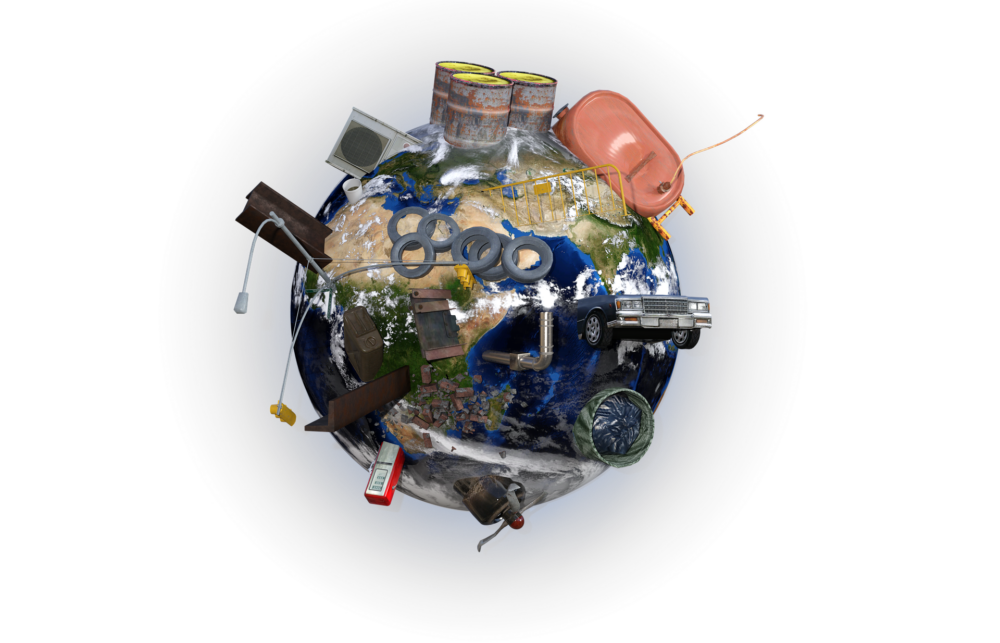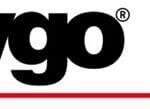Currently, around 62 per cent of global greenhouse gas emissions are released due to the extraction, processing and manufacturing of goods, while approximately 38 per cent of emissions are due to the delivery and use of products and services globally. These figures explain the push for a circular economy. However, before BS 8001 this concept had no practical framework to guide industries and simplify the vast information. Here Neil Bellinger, head of EMEA at global automation parts supplier EU Automation, highlights the importance of BS8001 and its impact on the manufacturing industry.
The idea of a circular economy refers to the process of limiting extraction materials and therefore waste production through the philosophy of recovering products and materials for reuse. It differs from the current linear economic model, which extracts resources to create products, then disposes of the product after use.
The cycle of using and disposing of goods has led to mass land waste and polluted oceans full of plastic, causing the planet to need a circular economy design now more than ever. The British Standard Institution (BSI) saw the importance of a circular economy and aimed to standardise and guide businesses in its implementation.
To create this guide, BSI gathered experts for the research and development of the standard. BSI searched over 200 standards on specific areas of waste prevention and resource management, however, no formal standard on a circular economy was found.
The BS 8001 standard should ease organisations’ transition from a linear to a sustainable, circular economy. The standard aims to answer issues relating to this transition, such as establishing what a circular economy is, determining resource management risks and opportunities, identifying materials of concern and more.
The standard also explains the meaning behind circular economy terms, for example, closed-loop and open-loop, and other factors, such as liability and insurance. However, this is a framework standard and not a specification standard, meaning it does not provide requirements to meet but is instead a guide. The use of the standard is also not intended for prescriptive or certifiable use.
Benefits and implementation
The status as a framework standard allows it to guide organisations of all types and sizes globally on steps needed to adopt a circular operation. The framework design means that an organisation can flexibly decide how its uses and follows this information. Despite the scarcity of practical implementation advice, we have to consider that this is the first standard of its kind, meaning more may follow with more structured advice targeted towards specific industries.
The main guiding principles of BS 8001 are systems thinking, innovation, stewardship, collaboration, value optimisation and transparency. These principles are then put into practice using an eight-stage process covering framing, scoping, idea generation, feasibility, business case, piloting, implementation and reviewing. These can be adapted as the organisation sees fit and are useful for varying levels of knowledge and understanding of the circular economy. Manufacturers could use the standard to establish their own principles for developing a circular economy, in addition to using it to set KPIs.
There are many benefits to implement a circular economy, for example, resources having a longer lifespan, less waste and reduced energy losses, and reducing the risk of obsolescence. However, the main draw of a circular economy for not only the manufacturing industry but all industries is the reduction in the environmental impact the company has. As the consequences of climate change worsen, the pressure on companies to regulate their impact increases.
Due to the nature of the manufacturing industry, companies may see pressure towards implementing these changes as the severity of climate change increases. EU Automation supports the move to a circular economy by supplying the world with new, reconditioned and obsolete automation parts, helping manufacturers keep their assets in operation for as long as possible.
For more information about these services, visit EU Automation or read more about sustainability and the circular economy on EU Automation’s Knowledge Hub.





